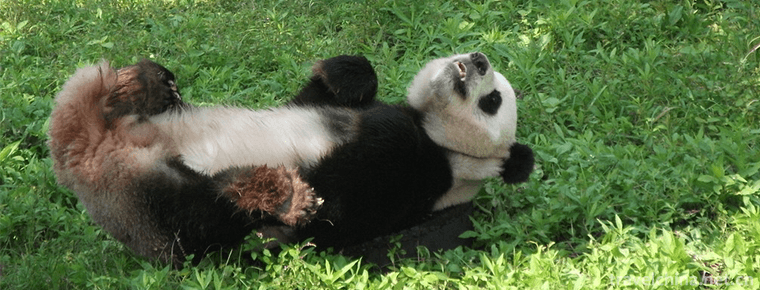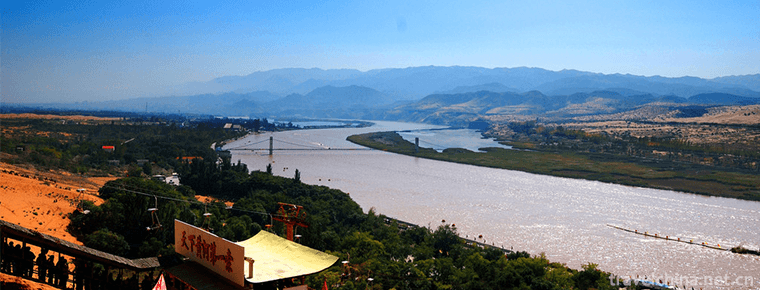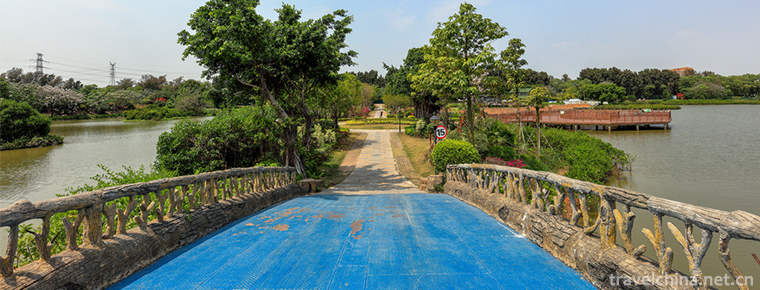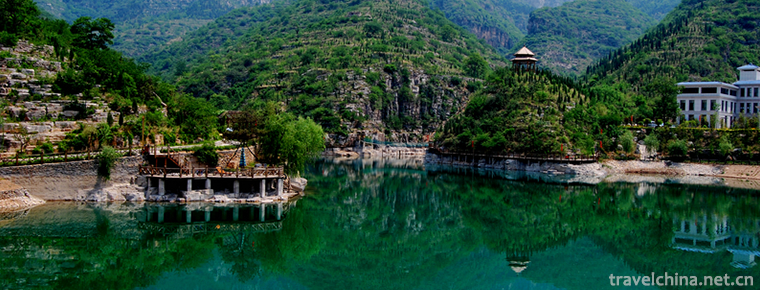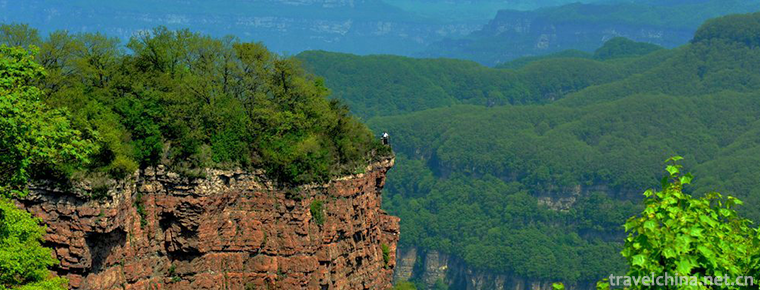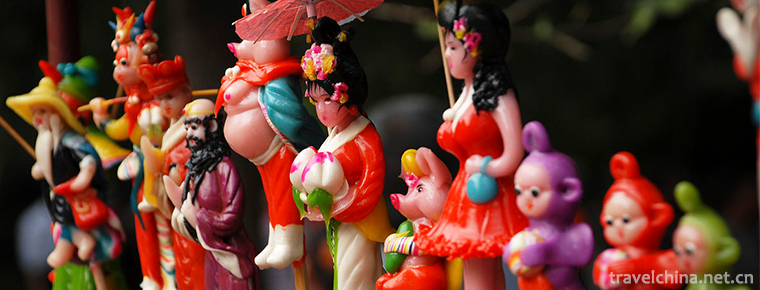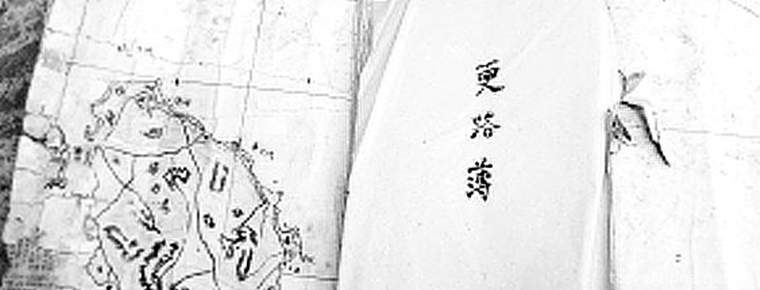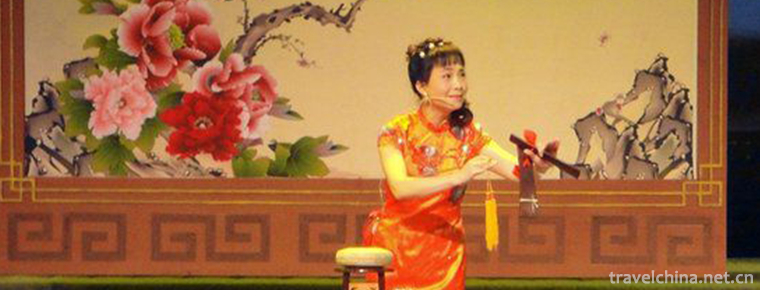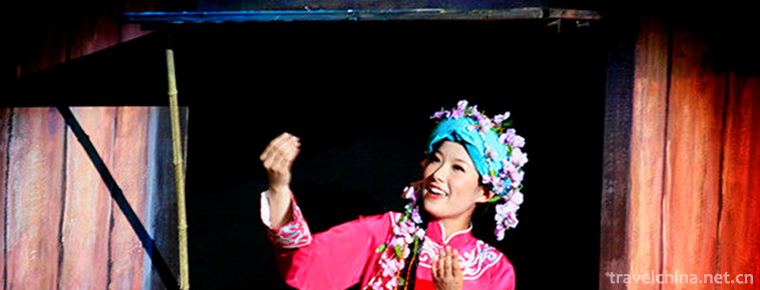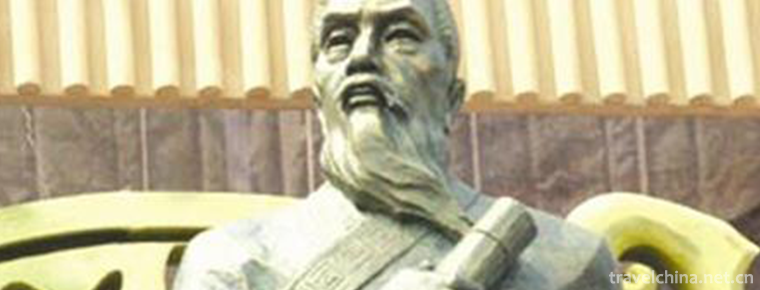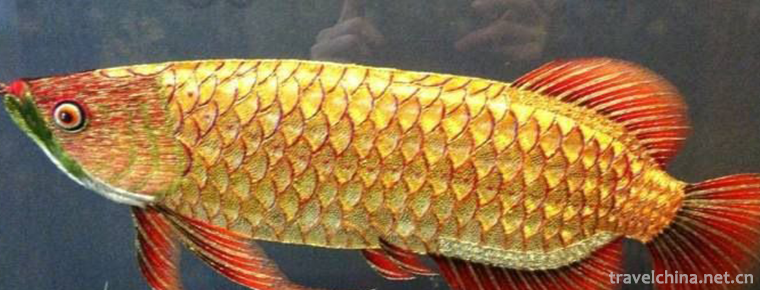Zaozhuang Old Street Shuicheng South Shandong
Zaozhuang Old Street, Shuicheng, South Shandong
Shuicheng Zaozhuang Old Street in Southern Shandong Province is located in the middle section of Xichang Road in the Central District of Zaozhuang City, Shandong Province. It covers an area of more than 1280 mu, of which 540 Mu is on the water surface and is a national AAAA-level tourist attraction.
The overall planning and design of Shuicheng Zaozhuang Old Street in southern Shandong Province is based on the design style of "Jiangbei Shuixiang Canal Ancient City", and adheres to the functional zoning and urban functions. The architectural style of Zaozhuang Old Street in Shuicheng, Southern Shandong Province is simple and unique. It combines Hui style, Suzhou style and Northern style. There are indoor water streets in the area. There are 11 water streets in Shuicheng with 32 bridges.
The old street of Shuicheng Zaozhuang in South Shandong was opened on October 1, 2009, and won the title of "National Sports Park". It has become a tourist attraction integrating sightseeing, vacation, ecology and sports fitness, leisure and entertainment, and interesting education.
The Old Street commercial district of Shuicheng Zaozhuang in southern Shandong is situated in the south of Donghu Park in Zaozhuang City, with a total investment of 780 million yuan, covering an area of about 300 mu and a planned construction area of 130,000 square meters. The project started construction in June 2009 and will be completed and put into operation by the end of 2012. The old street of Zaozhuang, a watery city in southern Shandong Province, will become a special commercial area integrating shopping, tourism, leisure and entertainment, catering, accommodation and so on. It will become the "Canal Ancient City Pool, the water stage in southern Shandong Province, and the Evening City of Zaozhuang" in Zaozhuang City and its surrounding areas.
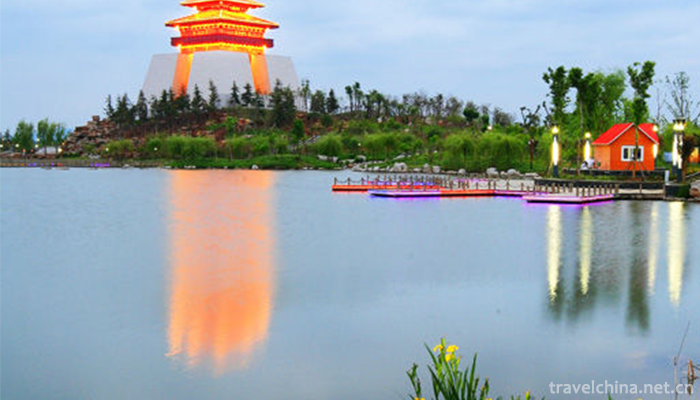
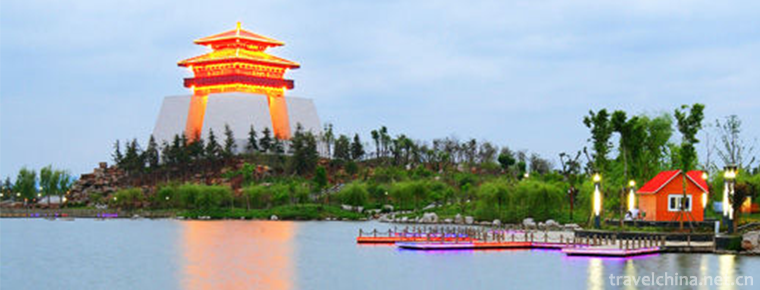
Zaozhuang Old Street Shuicheng South Shandong
-
Shanghai Wildlife Park
Shanghai Wildlife Park, located at 178 Nanliu Highway, Pudong New Area, Shanghai, is the first National Wildlife Park in China built by the Shanghai Municipal People's Government and the State Forestr
Views: 163 Time 2018-12-19 -
Scenic Spot of the Source of the Yellow River
Kariqu, one of the sources of the Yellow River, started with five springs, and Maqu, the other with only one springs. This is the source area of the Yellow River. Tourists here can't imagine that the
Views: 190 Time 2019-01-18 -
Shenzhen Maritime Pastoral
Shenzhen Maritime Pastoral Tourist Area is administratively located in Shajing Street, Baoan District, Shenzhen City. It is located at the eastern port of Pearl River estuary
Views: 215 Time 2019-02-08 -
Tanxi Mountain Scenic Area
Tanxi Mountain Tourist Area: National AAAA Tourist Area, National Forest Park, National Geopark, National Water Conservancy Scenic Area and Key Scenic Spots in Shandong Province.
Views: 239 Time 2019-02-13 -
Wang Wu Mountain Scenic Spot
Wangwushan Scenic Area is a national AAAA-level scenic area with a total area of 265 square kilometers. Wang Wu Mountain is centered on the Temple of Heaven, the main peak
Views: 304 Time 2019-02-22 -
Two clip string
Two chords, also known as the "big five tones" by the masses. One of the traditional Chinese operas. It is mainly popular in Western Shandong, Eastern and Northern Henan,
Views: 141 Time 2019-04-28 -
dough figurine
Noodles, also known as face sculptures, models and flowers, are simple but highly artistic Chinese folk crafts. As early as the Han Dynasty, Chinese face sculpture art has been written down. It uses f
Views: 145 Time 2019-06-05 -
South China Sea Channel
South China Sea Channel is a traditional folk culture in Wenchang City, Hainan Province. Local fishermen have compiled their own "secret book" for navigation since ancient times. It is a han
Views: 197 Time 2019-06-07 -
Nanping Nanci
Nanping Southern Ci is a traditional form of music popular in Nanping, northern Fujian Province. It is generally believed that the Southern Ci in Jiangnan area developed gradually with the local tradi
Views: 305 Time 2019-06-07 -
Xunyang Folk Song
Xunyang Folk Song is one of the local folk songs in Xunyang County, Ankang City, Shaanxi Province. It has a long history, rich melodies, various types and different styles. Like other folk art forms,
Views: 143 Time 2019-07-09 -
Legend of Yin Jifu
The "Yin Jifu Legend" which was listed as the first batch of intangible cultural heritage in Hubei Province, made a sensation forum about "Chinese poetry ancestor, Taishi Yin Jifu of th
Views: 198 Time 2019-07-13 -
Guangdong embroidery
Guangdong embroidery is the general name of Guangzhou embroidery (Guangzhou embroidery) and Chaozhou embroidery (Chaozhou embroidery). It is one of the four famous embroidery in China.
Views: 222 Time 2019-07-16
